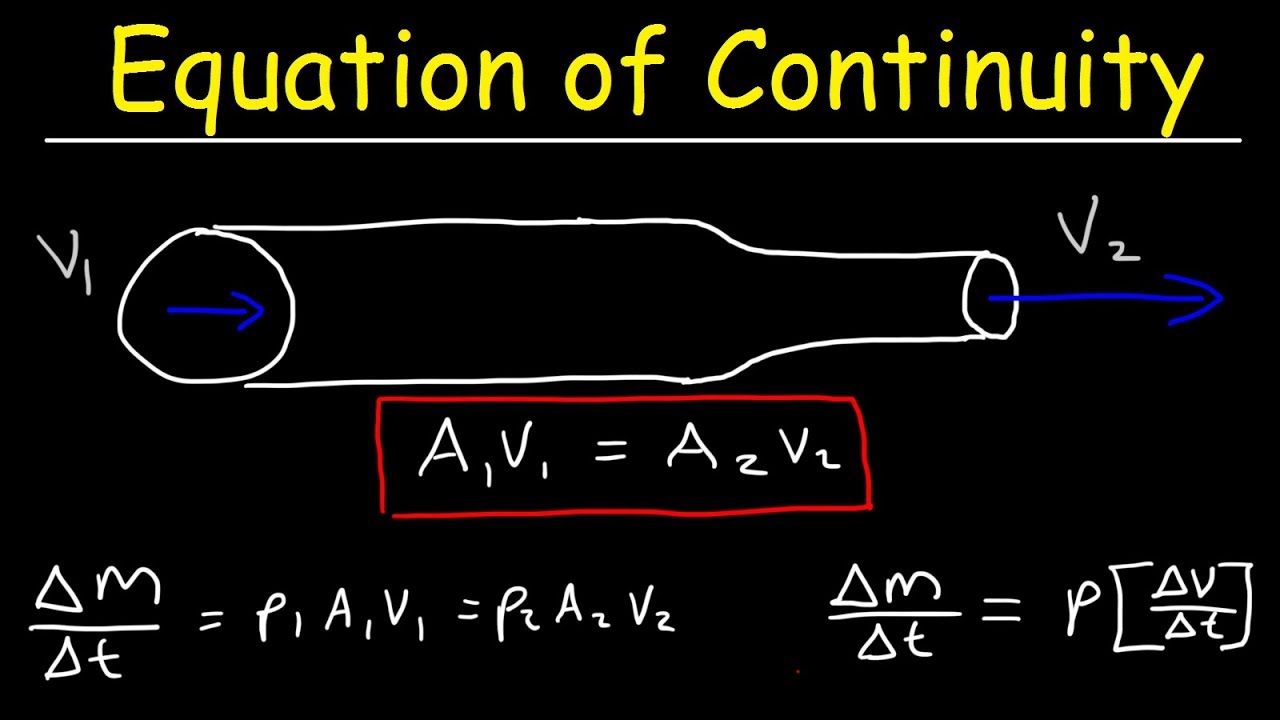
Continuity is a concept that touches many aspects of our lives, from mathematics to storytelling. But what exactly does it mean? Continuity refers to the idea of something being consistent and unbroken over time. In math, it describes a function that doesn't have any sudden jumps or gaps. In storytelling, it ensures that events and characters remain consistent throughout a series. This concept is crucial because it helps maintain a sense of order and predictability. Without continuity, things can become chaotic and confusing. Whether you're solving equations or watching your favorite TV show, understanding continuity can make a big difference.
Key Takeaways:
- Continuity is like a smooth and unbroken flow, whether in math, physics, storytelling, or technology. It helps things stay connected and predictable, like making sure a story or a river keeps flowing without any sudden stops.
- In art and design, continuity is like using the same colors, shapes, or themes to make everything look connected and harmonious. It's like making sure all the pieces of a puzzle fit together perfectly to create a beautiful picture.
What is Continuity?
Continuity is a concept that spans various fields, from mathematics to storytelling. It involves the idea of something being consistent, unbroken, or connected over time. Here are some fascinating facts about continuity that will help you understand its importance and applications.
Continuity in Mathematics
In mathematics, continuity is a fundamental concept, especially in calculus and analysis. It ensures that functions behave predictably and smoothly.
- A function is continuous if, for every point in its domain, the limit of the function as it approaches that point equals the function's value at that point.
- The concept of continuity was formalized by Augustin-Louis Cauchy in the 19th century.
- Continuous functions are essential in calculus for defining integrals and derivatives.
- The Intermediate Value Theorem states that if a function is continuous on a closed interval, it will take on every value between its minimum and maximum.
- In topology, a branch of mathematics, continuity helps define and understand the properties of spaces and shapes.
Continuity in Physics
Physics relies heavily on the concept of continuity to describe the behavior of physical systems over time and space.
- The principle of continuity in fluid dynamics, known as the continuity equation, describes the conservation of mass in a fluid flow.
- Maxwell's equations, which govern electromagnetism, assume the continuity of electric and magnetic fields.
- In quantum mechanics, wave functions must be continuous to ensure the probability of finding a particle is well-defined.
- The concept of spacetime continuity is crucial in Einstein's theory of general relativity.
- Continuity helps physicists understand and predict the behavior of systems in thermodynamics and statistical mechanics.
Continuity in Storytelling
Continuity in storytelling ensures that the narrative remains consistent and logical throughout a work of fiction, whether it's a book, movie, or TV show.
- Continuity errors, like a character suddenly changing clothes between scenes, can disrupt the audience's immersion.
- Comic books often have dedicated editors to maintain continuity across different issues and story arcs.
- The Marvel Cinematic Universe is known for its meticulous attention to continuity, connecting multiple movies and TV shows into a cohesive narrative.
- Soap operas, with their long-running storylines, rely heavily on continuity to keep viewers engaged.
- Continuity in storytelling helps build a believable and immersive world for the audience.
Continuity in Technology
In technology, continuity ensures that systems and processes run smoothly without interruptions.
- Continuity planning in IT involves preparing for potential disruptions to ensure business operations can continue.
- Apple's Continuity feature allows seamless integration between its devices, like starting an email on an iPhone and finishing it on a Mac.
- Continuous integration and continuous deployment (CI/CD) are practices in software development that ensure code changes are automatically tested and deployed.
- Network continuity ensures that data flows smoothly across different devices and locations.
- In telecommunications, continuity of service is crucial for maintaining reliable communication networks.
Continuity in Art and Design
Artists and designers use continuity to create cohesive and harmonious works.
- In visual arts, continuity can be achieved through the use of consistent color schemes, shapes, and patterns.
- Graphic designers use continuity to ensure that branding elements, like logos and fonts, are consistent across different media.
- Continuity in architecture involves creating a sense of flow and connection between different spaces within a building.
- In music, continuity can be achieved through the repetition of themes and motifs.
- Fashion designers use continuity to create collections that tell a cohesive story through their designs.
Final Thoughts on Continuity
Continuity plays a crucial role in our daily lives, often without us even realizing it. From the seamless flow of movies and TV shows to the consistent branding of companies, continuity ensures a smooth and coherent experience. It helps maintain the integrity of stories, products, and even our personal routines. Without it, we'd face confusion and disarray in many aspects of life.
Understanding the importance of continuity can enhance our appreciation for the meticulous work behind the scenes. Whether it's a filmmaker ensuring a character's outfit remains the same or a business maintaining a consistent message, continuity is key. Next time you watch a movie or interact with a brand, take a moment to notice the continuity efforts that make the experience enjoyable and reliable. It's these small details that often make the biggest impact.
Frequently Asked Questions
Was this page helpful?
Our commitment to delivering trustworthy and engaging content is at the heart of what we do. Each fact on our site is contributed by real users like you, bringing a wealth of diverse insights and information. To ensure the highest standards of accuracy and reliability, our dedicated editors meticulously review each submission. This process guarantees that the facts we share are not only fascinating but also credible. Trust in our commitment to quality and authenticity as you explore and learn with us.
